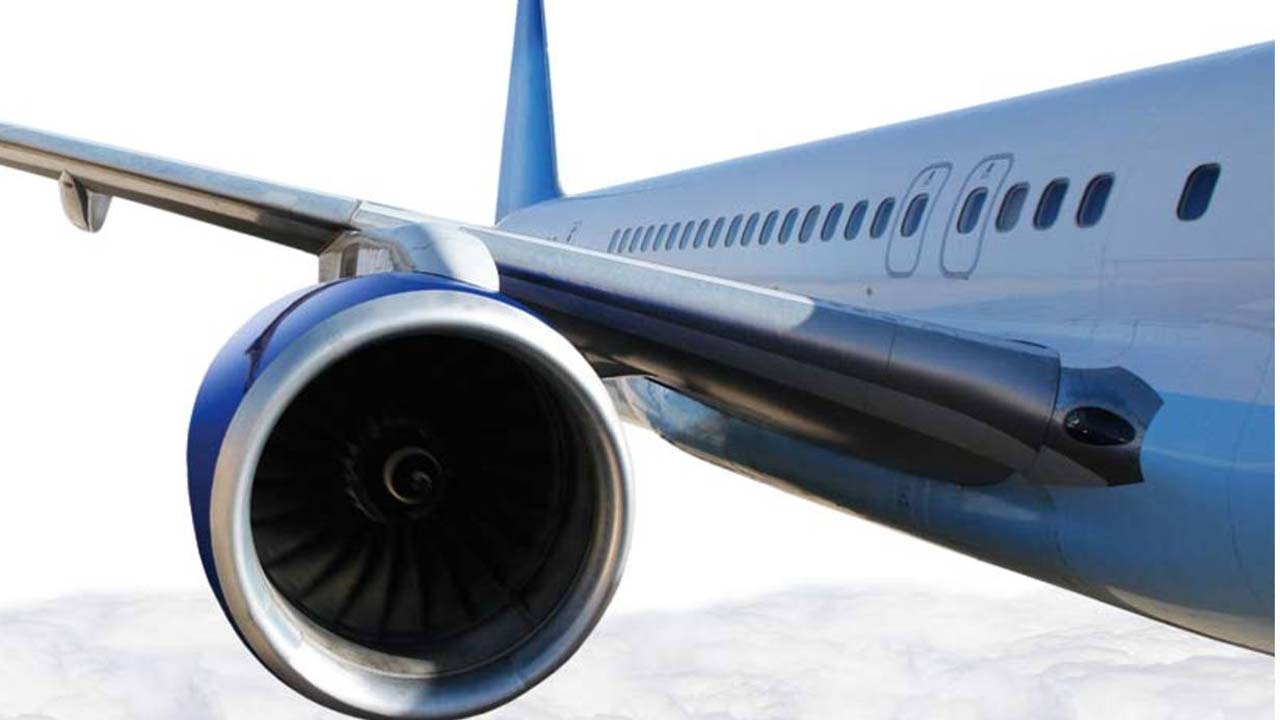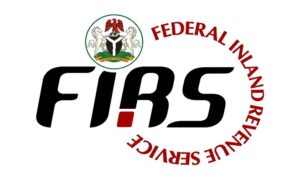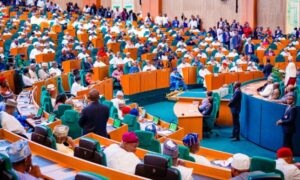BY BONNY AMADI
The Nigerian aviation industry stakeholders have lauded President Bola Ahamed Tinubu for his transformative initiatives which calmed foreign exchange volatility, however like Oliver Twist, they asked for more.
They maintained that with the prevailing stability in the foreign exchange, operators in a capital-intensive country’s aviation industry demanding huge FX, can now plan and make forecasts, investors could also position in the sector, However, a more predictable FX window will fast-track the sector’s financial needs.
At the League of Airport and Aviation Correspondents (LAAC) 29th workshop at the Providence Hotel Ikeja Lagos on Thursday, with the theme “Financing Aviation in Nigeria: Risks, opportunities and Prospects” and “launch of compendium to celebrate champions of the aviation industry in Nigeria since 1994” participants were of the consensus that creating a special foreign exchange (FX) window by the federal government for the aviation industry, would boost the sector’s operations, end the mortality rate of aviation companies, enhance expansion, create jobs, and amongst other gains, boost the country’s economy.
Allen Onyema, Chairman Air Peace Airline, also, Vice President, Airline Operators of Nigeria, harping on the need for government’s direct intervention, said that the operators in the sector carry out their businesses, “without any help from anywhere. but out there in America, Europe and other clients, they borrow money with about 1% at most 5%, but here, the funding comes very expensive at 35%” and others. These things have not really helped efficiently. So, you see Nigerian airlines struggling. We have to amass a lot of wealth to go into it. And when you go into it, you need to sustain it”.
According to Onyema, the cost of acquiring the dollar remains elevated for the sector, adding, “the good thing this government has done for us is a great thing. Now, you can even see the Dollar, you can plan now, which is a plus for us. So however, at the central bank level, they can create a window for the sector to acquire dollars at a fixed rate, because we are operating in a sector where everything is denominated in dollars.
He added that “, over there in America, if you need spare parts, you just walk into one of the shops, buy and fly it to your city. You don’t need to freight it. I bought it at $2milion, and I had to spend about two to $3 million dollars to Freight that engine into Nigeria. If I were an American, I would truck it to the next state and put it up on an aircraft. So there are lots of things that work against us”.
Harping on the theme “Financing Aviation in Nigeria: Risks, opportunities and Prospects” The chief lecturer ,Dr. Gbenga Olowo, President, Aviation Round Table (ART) , represented by Mary Olowo said that the need to enhance the country’s aviation finance remains Germain to shore up the country’s ranking in the global stage taking into account that the country’ ranks 48 per cent against global ranking of 81 per cent, adding that the prevailing low ranking boils down to factor sas, aging aircrafts, not growing market conditions.
He said that the aviation industry will fail, if there are no adequate funding mechanisms, to protect the industry and the economy.
On his part, Mr Bismark Rewane “Unlocking investment opportunities in Nigeria’s aviation sector, Risks, Opportunities and Prospects, the CEO, Financial Derivatives Limited, Rewane said that efforts should be made to reduce the ost of borrowing, which weighs heavily on the industry.
Adding that no meaningful achievement will be attained with over 35 per cent cost of funds and other pressures that mount on the nation’s aviation industry.
Mr Suileman Idris, Chairman League of Airport and Aviation Correspondents, earlier in his opening address, said ‘we must embrace innovative financing mechanisms ranging from public private partnership, build, operate and Transform models leasing arrangements to solving bank financing and targeted foreign direct investment.”
He however maintained that these funding mechanisms and envisaged heights of the aviation industry.













